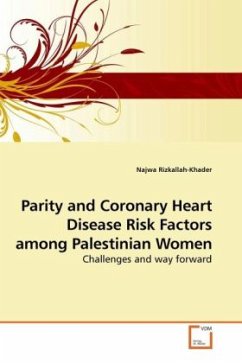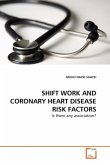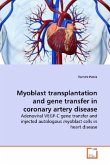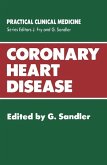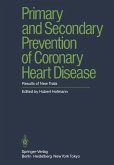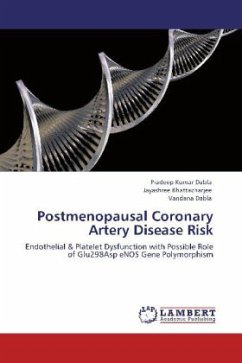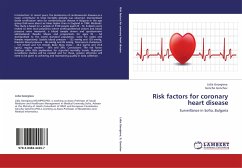Evidence from the USA and Europe suggests that women with many births have roughly a 50-80% increase in the risk of developing CHD. The mechanisms underlying this association are unclear, but plausible biological pathways exist. Palestinian women have a greater exposure to high parity than do women in most populations where heart disease and parity have previously been studied, so are expected to be at higher risk. In addition, chronic diseases, in particular CHD, are the leading cause of mortality and morbidity among Palestinian women as well as its associated risk factors obesity, hypertension and diabetes. It is unclear whether one can extrapolate findings from these countries to the Arab world where women have different life styles, diets and different exposure to reproductive and environmental factors. This study therefore, aims to explore for the first time in the Middle East Region in general and Palestine in particular the relationship between parity and coronary heart disease risk factors among Palestinian women.
Bitte wählen Sie Ihr Anliegen aus.
Rechnungen
Retourenschein anfordern
Bestellstatus
Storno

